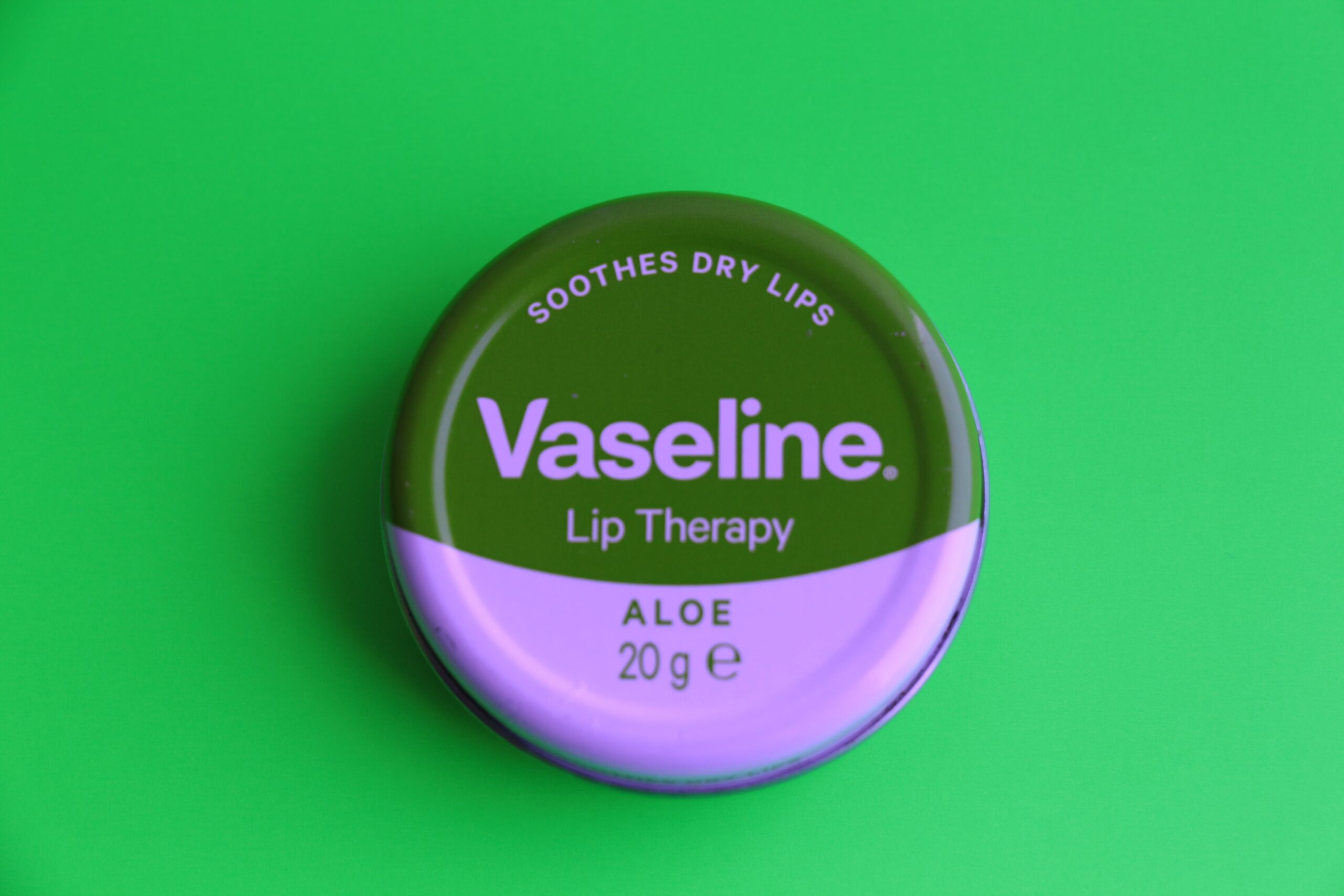The microwave has evolved into a crucial home appliance in the age of rapid and convenient fixes. We rely on its effective heating capabilities for everything from reheating leftovers to defrosting frozen goods. But what about microwaves used for common skincare items like Vaseline? Can you quickly melt the petroleum jelly in the jar in the microwave?
Vaseline should not be microwaved, despite the fact that it could be alluring to do so for a variety of reasons. Vaseline can be risky to microwave and could result in mishaps or damage to both the microwave and you. Petroleum jelly, a flammable material, makes up the majority of vaseline.
It can melt and possibly catch fire when exposed to intense heat, creating a fire risk. Vaseline can overheat when microwaved, which could lead to the release of toxic or hazardous compounds. It’s recommended to stay away from microwaves entirely if you want to keep yourself and your microwave safe. Instead, use traditional techniques to create the desired consistency, such as warming it in your hands or soaking the jar in warm water. Always put safety first while utilising household items and cosmetics products.

Can microwaving Vaseline alter its properties or affect its effectiveness?
Vaseline’s characteristics and efficacy could potentially change if it is microwaved. Petroleum jelly, a combination of hydrocarbons, is what makes Vaseline. The petroleum jelly’s molecular structure can change when subjected to extreme heat in a microwave.
Vaseline can melt unevenly when microwaved, creating hot areas that could burn the skin when applied. Some of Vaseline’s advantageous attributes, such as its moisturising and protecting capabilities, can also be destroyed by the high temperatures. This may lessen its ability to deliver the desired skin advantages.
Additionally, microwaving Vaseline can taint the product’s quality and increase the risk of skin infections or irritations by introducing air bubbles or other impurities.
It’s better to utilise alternative methods of heating Vaseline, such as warm water baths or rubbing it between your hands, in order to preserve its characteristics and efficacy. These techniques offer more precise heating, lowering the possibility of changing its qualities and keeping its efficacy for skincare applications.
Is it safe to heat Vaseline using alternative methods?
Yes, as long as you take the necessary care, it is normally safe to heat Vaseline using alternate means. Here are a few different ways you could heat Vaseline:
- Warm Water Bath: Put the Vaseline jar in a basin of warm water—not hot water. Allow the Vaseline to gradually warm to the correct consistency using the heat from the water. In order to achieve equal heating, stir occasionally.
- Warm Hands: Put a tiny amount of Vaseline in your hands, and then vigorously rub them together. Rub your hands together to create friction, which will heat up and melt the Vaseline.
- Double Boiler: Put a heatproof container filled with Vaseline inside a bigger saucepan of simmering water to create a double boiler. Vaseline should be stirred occasionally as the water is heated on low to medium heat to the required consistency.
These alternate techniques offer steady and controlled heating, lowering the possibility of Vaseline overheating or unintentionally igniting it. When handling hot objects, always exercise caution. Before applying heated Vaseline to your skin, verify the temperature.

At what temperature does vaseline melt?
The melting point of Vaseline, often known as petroleum jelly, ranges from 37 to 40 degrees Celsius (98.6 to 104 degrees Fahrenheit). Vaseline changes from a solid to a liquid or semi-liquid form within this temperature range. When applied to the skin, it becomes more pliable and simpler to spread out. It’s crucial to remember that the precise melting point can vary significantly based on the product’s formulation and purity.
Will vaseline harden after melting?
Vaseline will indeed harden once it has melted and cooled. Vaseline transforms into a liquid or semi-liquid state when heated over its melting point, making application simpler. Vaseline will, however, harden and go back to its original solid condition as it cools. Vaseline has the ability to be melted for application and then solidify to create a protective barrier on the skin or other surfaces, making it practical for a variety of uses.
Does Vaseline melt in the sun?
Vaseline does indeed melt in the sun. Petroleum jelly, also known as Vaseline, has a relatively low melting point and can liquefy or soften in hot temperatures. Vaseline can melt and lose its solid form if exposed to direct sunlight or if kept in a warm location, such as a car on a hot day. The reason for this is that the sun’s heat energy raises Vaseline’s temperature above its melting point, causing it to change into a liquid or semi-liquid form.
In order to preserve Vaseline’s solid state and avoid any potential leaks or messes, it must be kept in a cold, dry location away from strong sunlight or extreme heat. Allow Vaseline to cool and firm in a cooler place if it melts as a result of exposure to the sun before using or handling it again.
Relevant Articles
Can You Microwave Maruchan Instant Lunch?
Are Red Solo Cups Microwave Safe?

Comments are closed